Comments
- No comments found
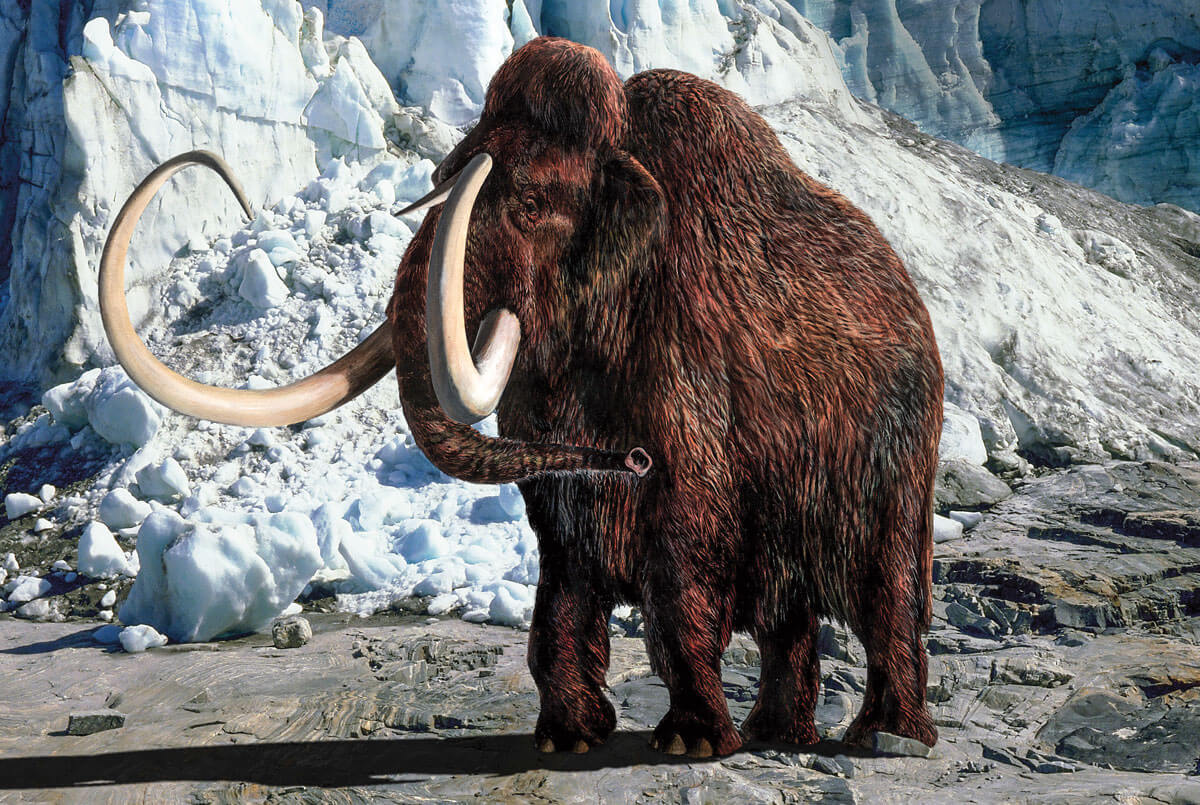
The idea of bringing extinct species back to life through the power of artificial intelligence (AI) has been a topic of much debate and speculation in recent years.
From Hollywood blockbusters like "Jurassic Park" to real-life scientific breakthroughs, it's clear that the potential of AI to bring extinct species back to life is a fascinating and complex issue that raises many ethical and scientific questions.
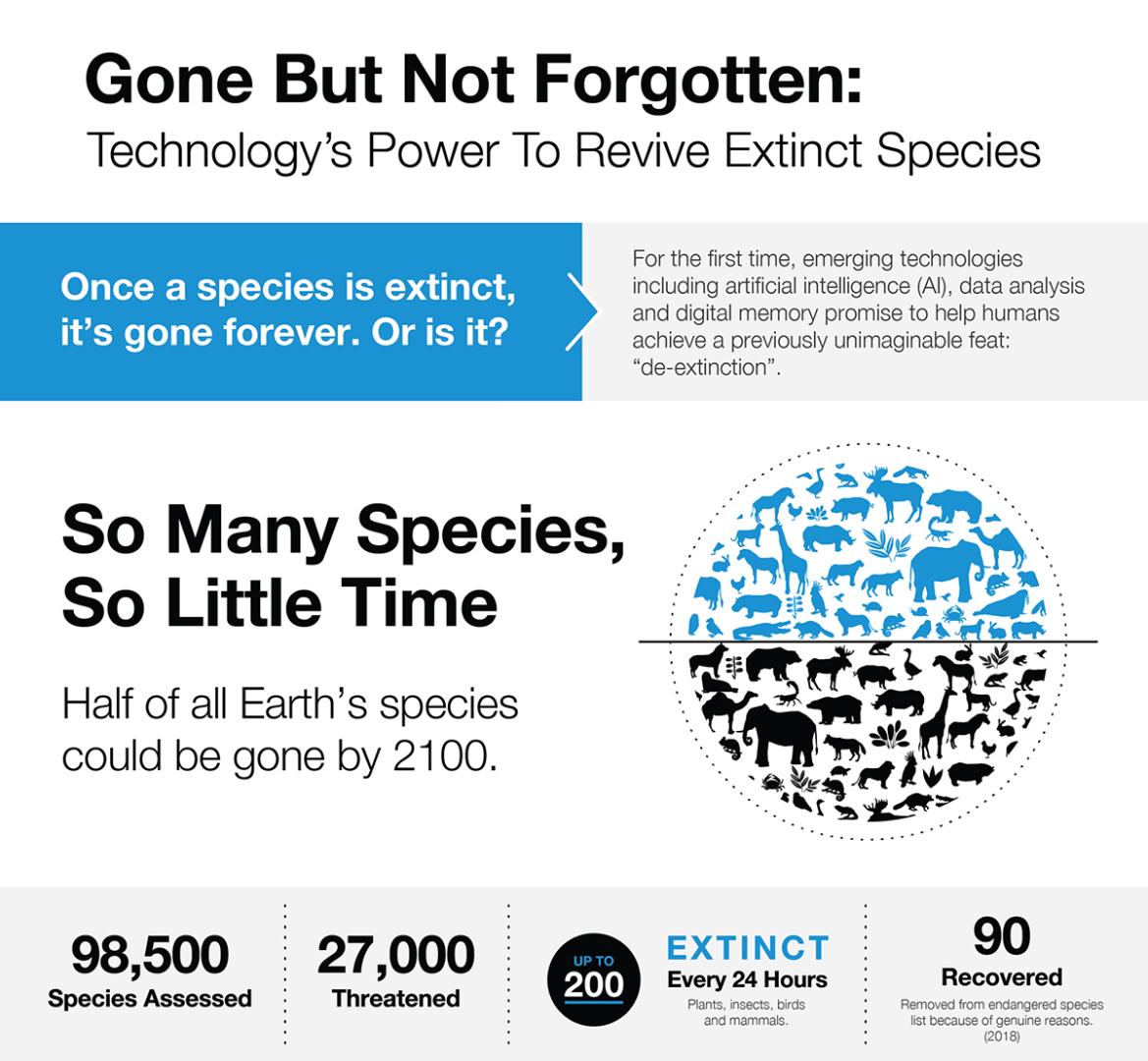
In order to understand the potential of AI to bring extinct species back to life, it's important to understand the science behind de-extinction and AI. De-extinction refers to the process of reviving extinct species by using technology to bring back their DNA or to create a genetically similar organism. This is typically done through a combination of genetic engineering, cloning, and other advanced biotechnologies.
AI plays a crucial role in de-extinction by helping scientists analyze the DNA of extinct species, create new genomes, and simulate the behavior and habitat of extinct species. For example, researchers can use AI to analyze the DNA of ancient fossils and compare them to the DNA of living species. By doing this, they can gain a deeper understanding of the genetics of extinct species, and use this knowledge to recreate the species in the lab.
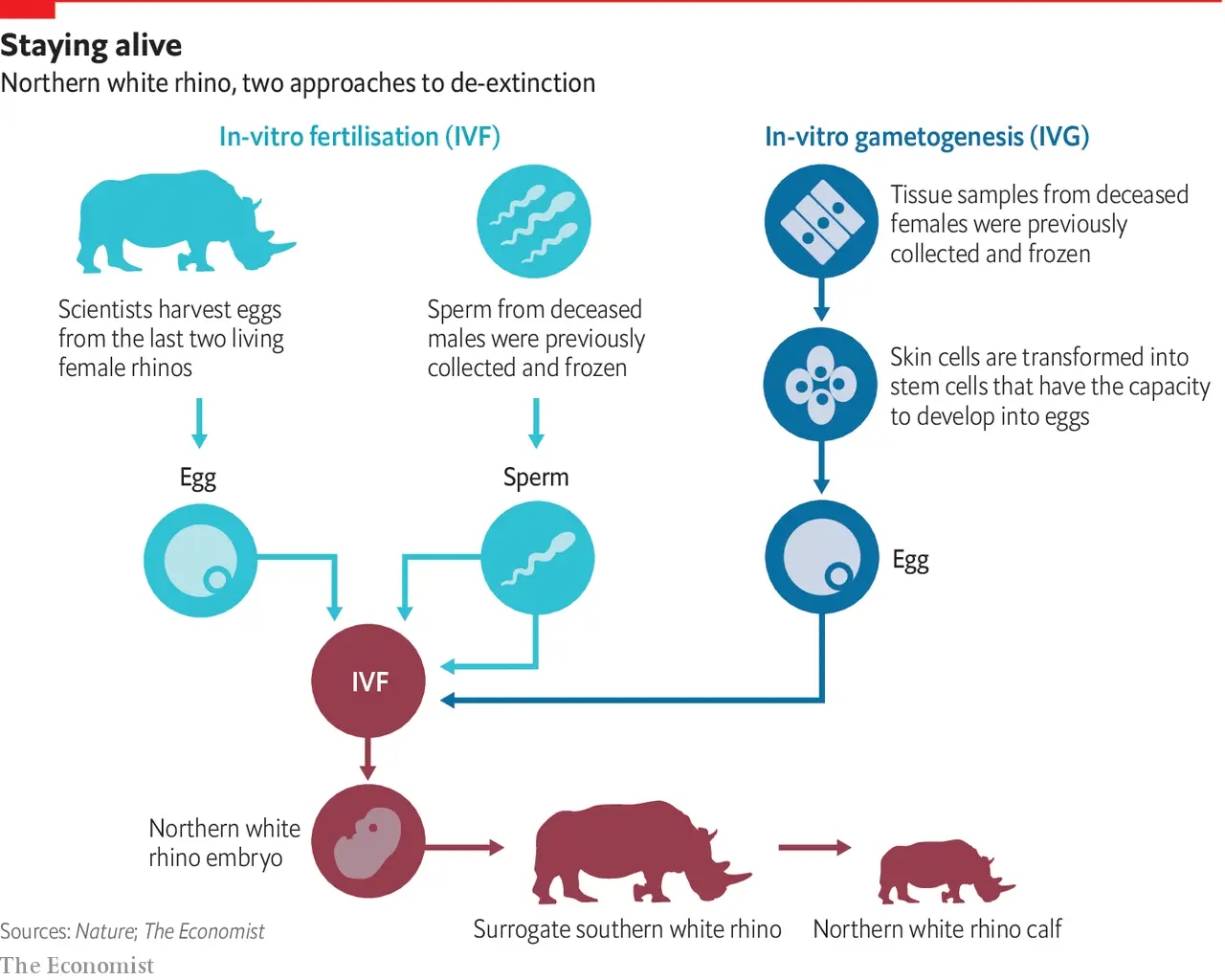
While the scientific potential of AI to bring extinct species back to life is undeniable, there are also many ethical and practical implications to consider. Some experts worry that bringing back extinct species could have unintended consequences on the ecosystem and disrupt the natural balance of nature.
Additionally, the financial and resource implications of de-extinction must also be considered. The process of de-extinction is expensive and requires significant resources, including advanced biotechnology equipment, funding for research, and specialized personnel. This raises the question of whether these resources would be better spent on preserving existing species and habitats, or on trying to bring back extinct species.
The potential of AI to bring extinct species back to life raises a number of ethical and scientific questions. Some of these include:
Environmental impact: Some experts worry that reintroducing extinct species into the ecosystem could disrupt the natural balance and have unintended consequences on the environment and existing species.
Genetic modification: In order to recreate extinct species, it may be necessary to genetically modify living species or create hybrid organisms. This raises ethical questions about the manipulation of life forms and the potential risks and consequences of such actions.
Biodiversity loss: De-extinction raises questions about prioritizing the preservation of biodiversity and existing species, instead of focusing resources on trying to bring back extinct species.
Scientific accuracy: There is also the issue of accuracy in reconstructing the DNA of extinct species and recreating them. AI can only provide simulations based on available data, and there is always the risk of errors or omissions in the reconstruction process.
Ecosystem compatibility: It is also unclear whether an extinct species, once brought back to life, would be able to survive and thrive in its original habitat, or if the ecosystem has changed too much in the meantime.
Social and ethical implications: The idea of bringing back extinct species also raises questions about the morality and ethics of interfering with the natural course of evolution and extinction.
These ethical and scientific questions must be carefully considered and addressed before pursuing any efforts to bring extinct species back to life through AI and biotechnology.
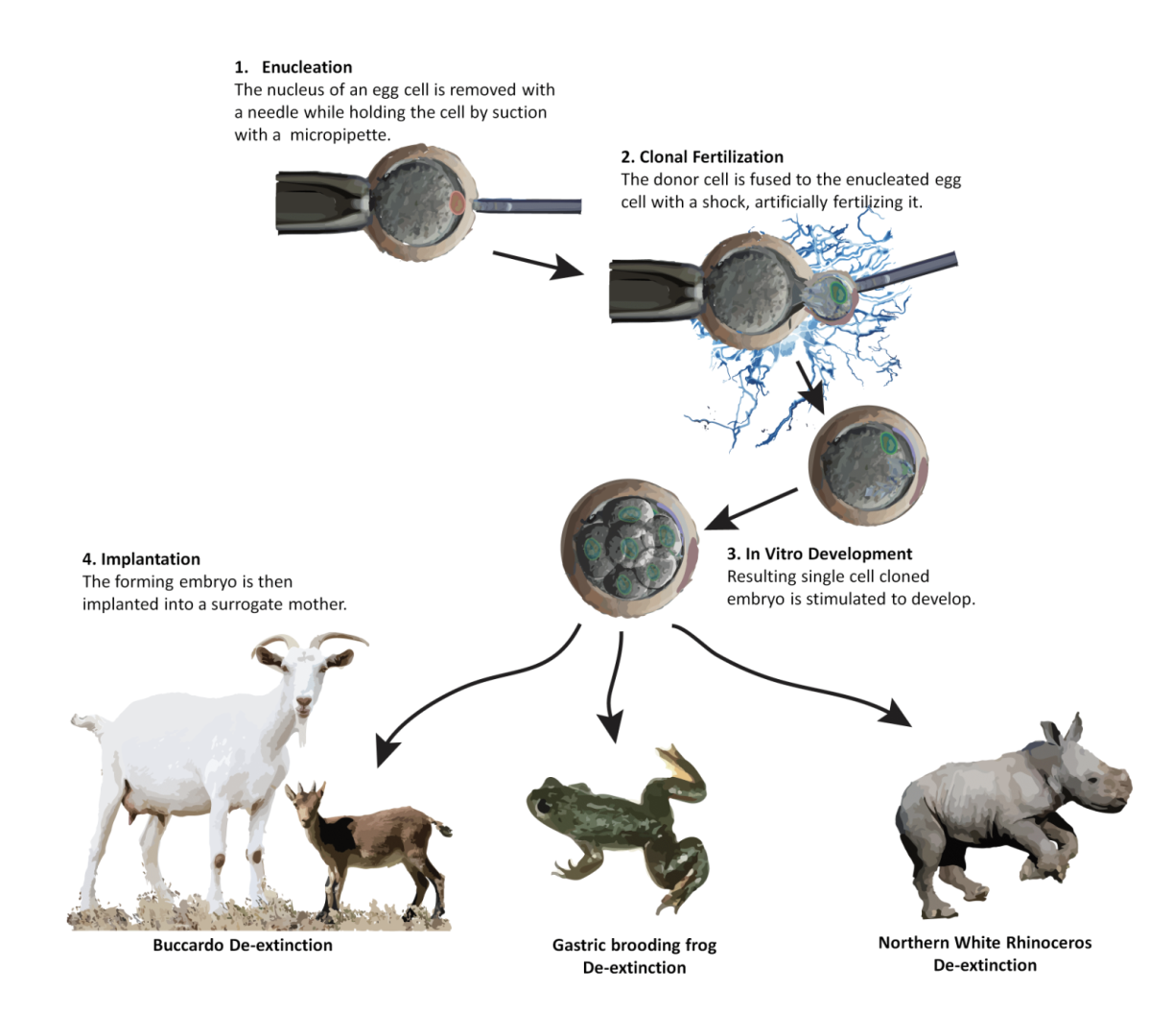
Despite the ethical and practical challenges, there have been several notable attempts to bring extinct species back to life through the power of AI and biotechnology. Some of these efforts include:
-The Wooly Mammoth: Scientists have been working for years to bring the woolly mammoth back to life. They have analyzed the DNA of ancient mammoth fossils and are using AI to recreate the species in the lab. While they are still years away from successfully bringing the mammoth back to life, the work being done in this area is considered to be a major step forward in the field of de-extinction.
-The Passenger Pigeon: Another species that scientists are hoping to bring back to life through AI is the passenger pigeon. This bird was once one of the most common species in North America, but it went extinct in the early 20th century due to habitat loss and over-hunting. Scientists are now using AI to analyze the DNA of the passenger pigeon and are working to recreate the species in the lab.
-The Tasmanian Tiger: The Tasmanian tiger, also known as the thylacine, is another species that scientists are hoping to bring back to life through AI. This marsupial was native to Australia and went extinct in the 20th century due to habitat loss and hunting. Scientists are using AI to analyze the DNA of the Tasmanian tiger and are working to recreate the species in the lab.
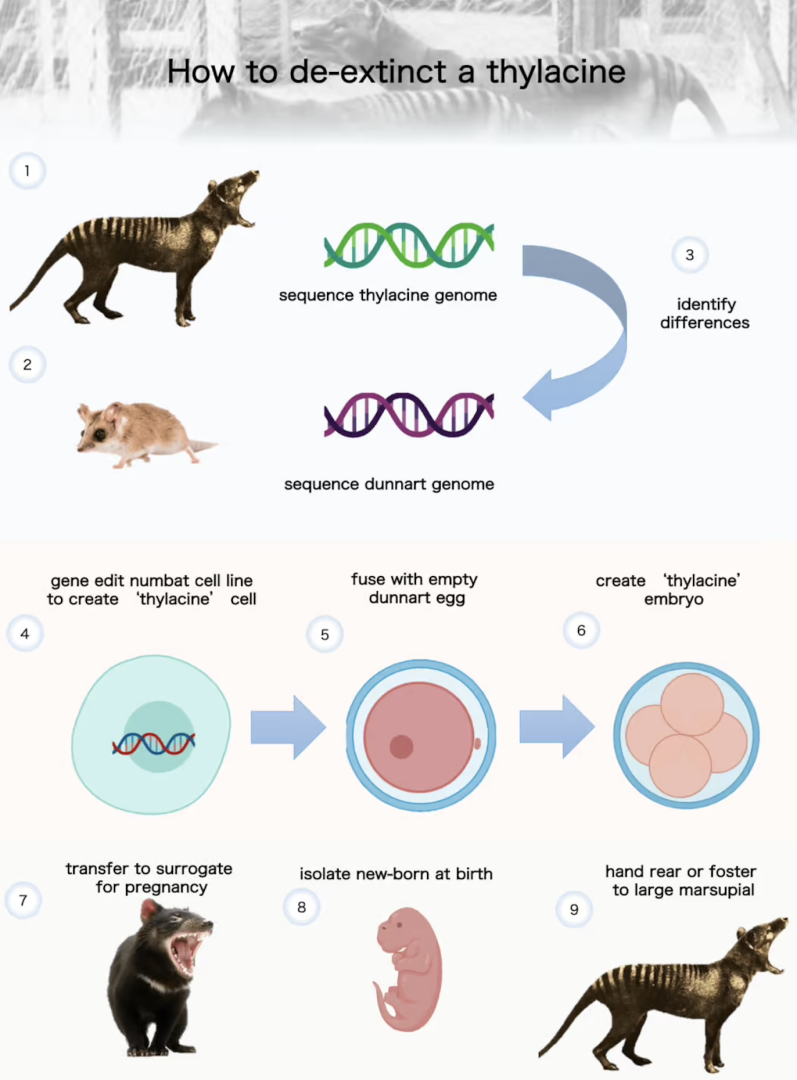
The future of AI and extinct species is still uncertain and much depends on how society chooses to approach the issue. However, some potential developments in the field include:
Improved AI technology: As AI technology continues to advance, scientists will have more sophisticated tools for analyzing DNA, creating genomes, and simulating the behavior and habitat of extinct species.
Increased collaboration: There may be increased collaboration between scientists, conservationists, and other experts to address the ethical and scientific questions surrounding de-extinction.
More funding and resources: With the growing interest in de-extinction, there may be increased funding and resources allocated to research and development in this field.
Ethical and legal frameworks: As the technology advances, it may become necessary to establish ethical and legal frameworks to guide de-extinction efforts and regulate the use of AI in this field.
Debate and discussion: The topic of de-extinction will likely continue to be a source of debate and discussion as more information and data become available.
It's important to note that while AI has the potential to play a role in bringing extinct species back to life, it's unlikely to be the only solution, and there will likely be a need for a multidisciplinary approach that considers the ethical, scientific, and practical implications of such efforts.
Leave your comments
Post comment as a guest